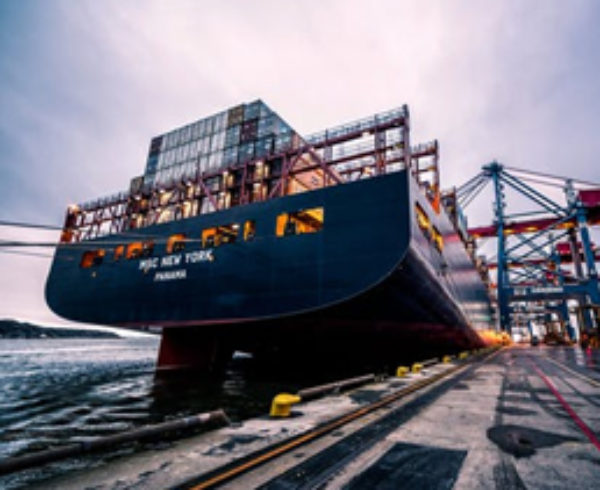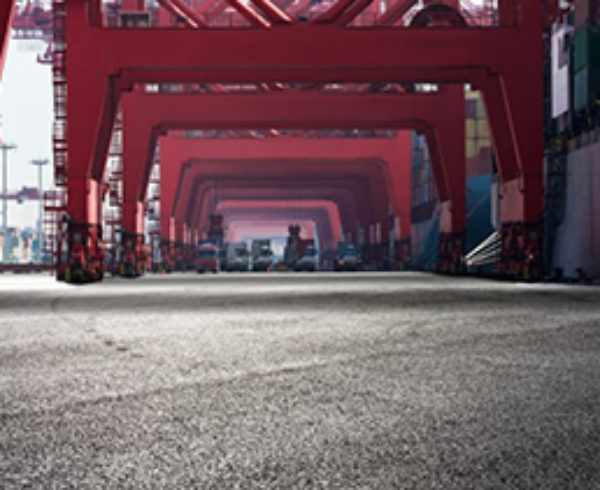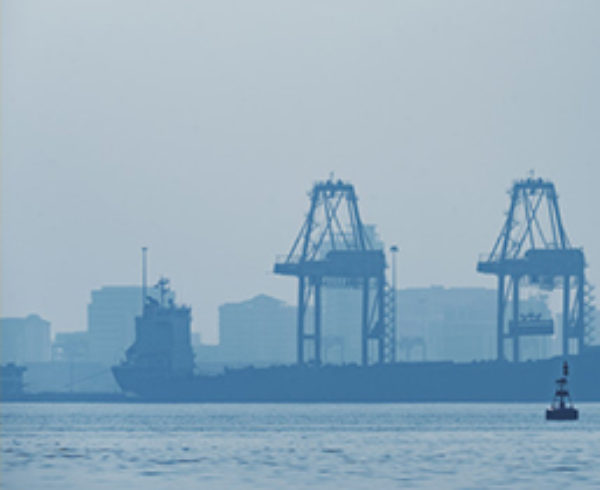Mon 27 Jan 2014 by Philip Woodcock
Whole-body vibration (WBV) is a subject that is receiving more and more attention from the operators and charterers of
windfarm service vessels (WFSVs) in the offshore renewable energy sector, with the Maritime and Coastguard Agency
having published Marine Guidance Notices (MGN) 353 and 436 to better explain The Merchant Shipping and Fishing
Vessels (Control of Vibration at Work) Regulations 2007 (SI 2007/3077) (the ‘vibration regulations’). The latter were
implemented in order to bring European Union Directive 2002/44/EC (on the requirements for the protection of workers
from the risks related to exposure to vibration at work) into force in UK law. As an EU Directive, it applies to all
European vessels and not just those under the UK flag.
MGN 353 defines WBV as “the mechanical vibration that, when transmitted to the whole body, entails risks to the health
and safety of workers, in particular, lower back morbidity and trauma of the spine. Whole-body vibration may be most
apparent in smaller, fast craft such as fast rescue boats, rigid hull inflatables boats or workboats, particularly when
operating in choppy conditions.”
Even though this definition and these regulations have existed since 2007, there is still relatively little understanding of
the requirements in the offshore wind industry. Until now, the focus was on high speed vessels operated by naval, coast
guard and lifeboat services, due to the exposure periods of their crews. However, with the advent of the offshore
renewable energy sector in the last decade, the use of high speed WFSVs to transfer technicians offshore has brought the
WBV issue into the realm of vessel operators and charterers in the offshore wind industry.
In reality, the WBV ‘dose levels’ specified in 2002/44/EC are difficult to achieve. However, an employer has to prove
that they have taken all reasonable steps to reduce risk and improve occupational health. An employer has to assess the
risks to employees, take steps to mitigate exposure, provide information and training to employees, and maintain health
surveillance records. In reality, how is this achieved?
Assessment of risks can be performed by monitoring actual motions experienced by a vessel. BMO Offshore (www.bmooffshore.
com) is one example of a company that monitors vessel motions and then reports to its clients on WBV
exposure.
However, it should be noted that BMO’s VesselBlackBox (VBB) records motions experienced by the vessel itself and
does not take into account any WBV mitigation in the form of seat design or suspension. From this data, an employer can
determine whether there are risks to employees and what mitigation needs to be taken. The benefit of technical tools such
as the BMO VBB do not stop in the assessment phase – in the longer term they can also help an employer meet the
requirement to undertake health surveillance and recordkeeping.
‘Mitigation by design’ is possible when selecting vessels at the newbuilding/initial chartering phase. A fine entry hull
design should reduce accelerations in rough weather, provided that the height of the tunnel is sufficient to prevent
slamming. Positioning seating further aft in a vessel also reduces accelerations; the use of superstructures mounted on
resilient mountings can also reduce the effect of vibration at high speeds.
For existing vessels, risks can be mitigated via technical upgrades or operational controls such as guidance to masters on
reducing speed in heavy weather. Today’s high performance vessels can maintain excellent speeds in up to 2m significant
wave height. A seat designed to keep its occupant in an upright position with the spine maintained in its natural ‘S’ shape,
while preventing exposure to lateral accelerations, is the best at reducing the effects of WBV.
Some seat manufacturers, such as KPM Marine (www.kpm-marine.com), have invested considerable effort in the design
of seats and suspension systems and have had the complete system and securing arrangements crash tested in accordance
with Annex 10 of the High Speed Craft Code. Retrofitting high speed craft (HSC) seats to existing vessels is becoming
more common too.
A vessel operator is obliged to provide vessels, equipment and procedures that reduce the exposure of crews to wholebody
vibration to a level as low as reasonably practicable. The charterer, as employer of the technicians, also has
obligations.
To manage this risk, the charterer needs to work with vessel suppliers who understand WBV and invest in equipment to
mitigate the effects. Upgrading an existing vessel with crash-tested, suspension seating is a serious investment, and
charterers need to demonstrate their commitment to safety by supporting operators to mitigate these risks. OWJ
*Philip Woodcock is operations manager/QHSE/ marine manager at Workships Contractors in the Netherlands













Leave a Comment